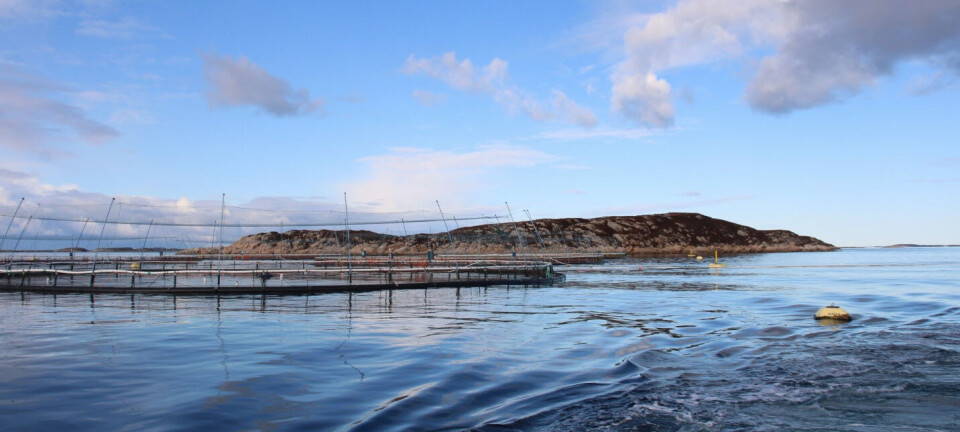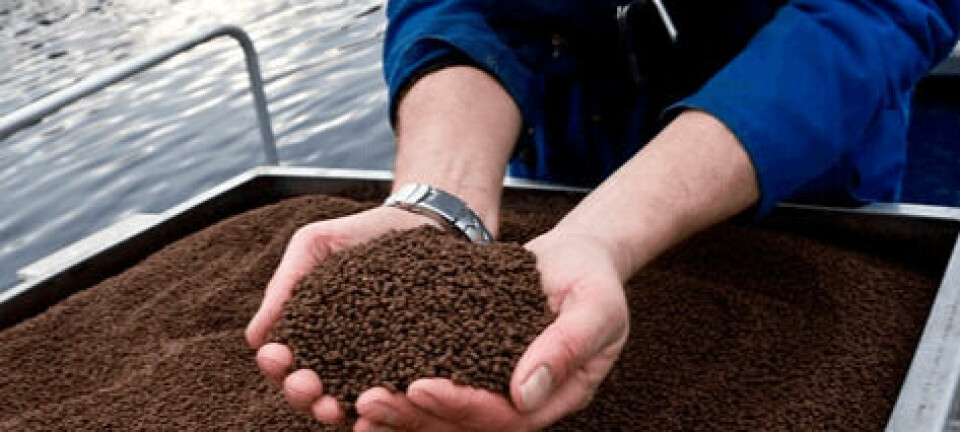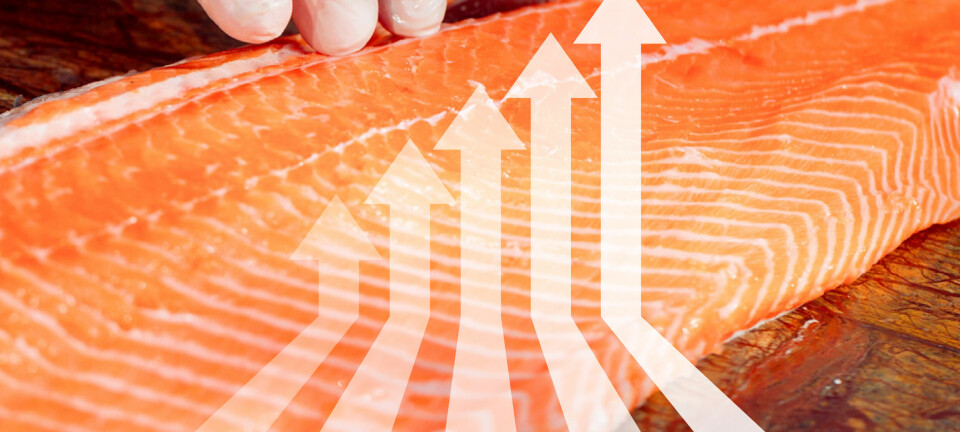Freshwater delousing using well-boats
Patrick Reynolds; Gerhard Eliassen; Ronald Jørgensen Gildeskål Forskningsstasjon; Odd Vetle Haarsaker; bachelor I Havbruksdrift og Ledelse, Universitetet I Nordland p.reynolds@gifas.no
Previous studies undertaken at Gildeskål Research Station AS (GIFAS) investigated a practical solution to control sea lice in an environmentally friendly using freshwater as part of an integrated approach. These studies which involved a series of bioassays and exposing infested Atlantic salmon directly to freshwater (Norskfiskeoppdrett May 2012) showed that exposing infected salmon to freshwater resulted in a significant reduction of both mature male and female lice after three hours and results from freshwater bioassays undertaken at the same time during the first study showed that after 1 hour exposure to freshwater, 10% of mature females were found to be dead whilst 90.9% of mature males had died as a result to exposure to freshwater. These initial small-scale studies showed that there is potential in using freshwater to delouse infected Atlantic salmon. The aim of this study was to assess this potential under more realistic commercial conditions by using a well-boat filled with freshwater and exposing a larger number of Atlantic salmon to the treatment for a defined period of time.
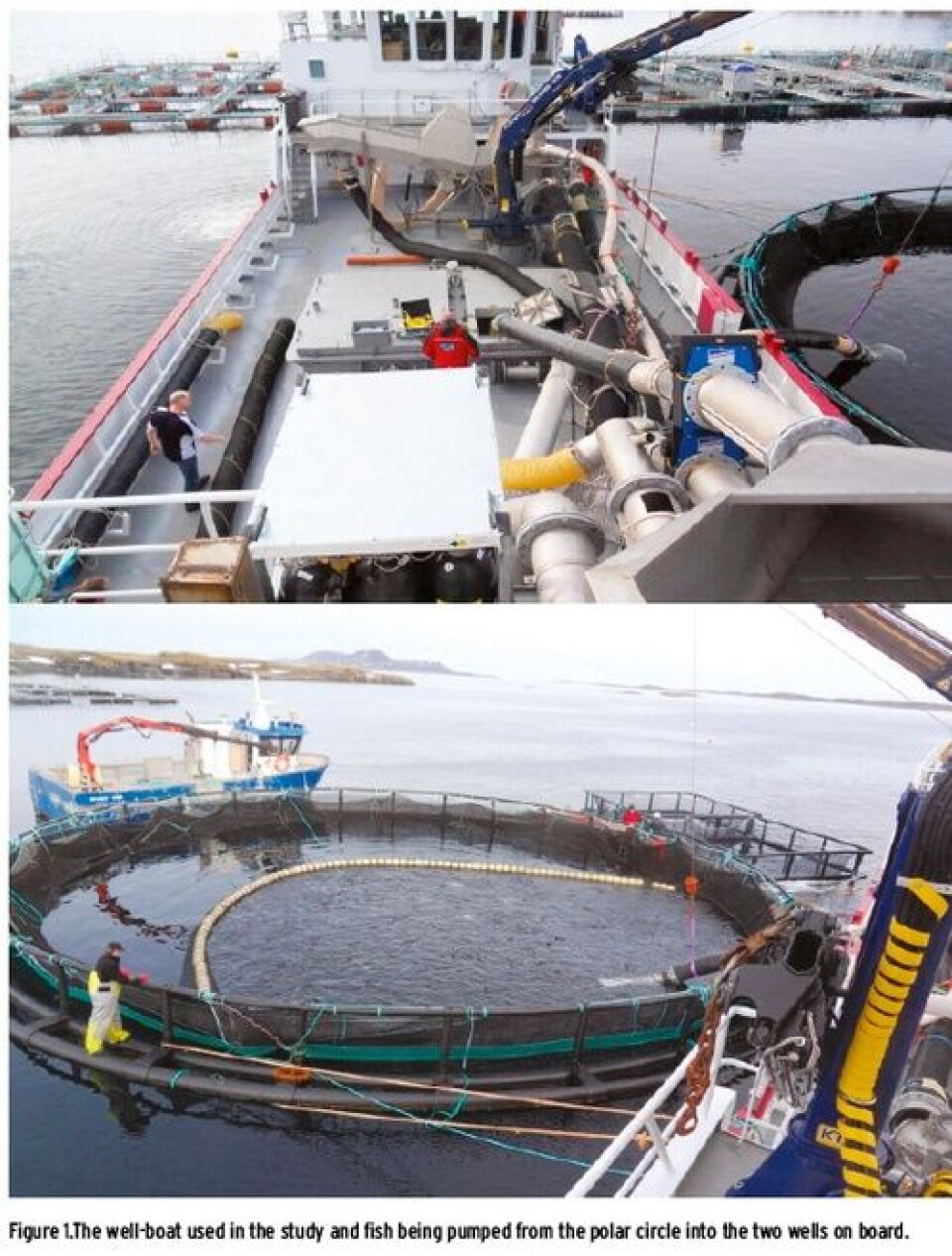
Methods The study was conducted at GIFAS small-scale facilities in Langholmen in April 2013 using Brønnbåten Havtrans (Havtrans AS) to perform the study. The company took part in the planning process significantly. The well-boat had two wells: one filled with freshwater (0.16 ppt) and one filled with seawater (33.7 ppt). 5200 Atlantic salmon with a mean weight of 4.4 kg were used in the study. The fish were pumped on board and approximately, half of the fish were transferred into each of the two wells via the sorting machine on the boat (figure 1). This allowed for the removal of the seawater present during pumping. The time required to transfer each group of fish was recorded and after the last fish was transferred into each well, each group was maintained in both wells for approximately three hours, thus each group was exposed to either freshwater or seawater for between 3 and 4 hours in total. After exposure, 100 fish from each well were pumped back out of the well-boat into two 5x5x5m cages with 100 fish from the seawater group and 100 fish from the freshwater group in each cage.
A lice count was undertaken to assess the lice burden prior to the test and after exposure, the 100 fish from each well transferred in each of the cages were sedated and any attached sea lice present were recorded. Results The results of the experiment (Figure 2) shows the percentage reduction in attached sea lice on Atlantic salmon exposed to either freshwater or seawater for between 3 and 4 hours exposure. For salmon exposed to seawater, the percentage reduction in the average number of chalimus, pre-adult and mature female lice was 47%, 59 % and 31 % respectively compared to the pre count. The overall reduction in all stages of attached lice was calculated to be 51%. Whereas for salmon exposed to freshwater, the percentage reduction in the average number of chalimus, pre-adult and mature female lice was 100%, 97 % and 92 % respectively compared to the pre count. The overall reduction in all stages of attached lice was calculated to be 96%.
The fish exposed to freshwater had a significantly higher percentage reduction in all stages of sea lice compared to fish exposed to seawater with chalimus stages showing the highest sensitivity (100% reduction compared with 47% reduction for fish in seawater). A similar trend was seen for pre-adult stages and mature females with an average 48 % greater reduction in relation to lice exposed to seawater.The reduction recorded from salmon exposed to seawater was attributed to the effects of the fish being transferred from the polar circle and over the sorting machine. Similar percentage reductions were observed from previous studies undertaken at Gifas where it was shown that transferring fish from one cage to another or crowding the fish resulted in reduction of up to 40% compared to pre-count levels of infestation. Given this, the levels of reduction observed from fish exposed to the well containing freshwater were significantly higher for all stages of infective lice compared to fish maintained in the well containing seawater. The significantly higher reduction of all attached lice stages from fish exposed to freshwater compared to fish exposed to seawater must be attributed to the treatment effect as the previous studies showed that exposing infected salmon to freshwater resulted in a significant reduction of both mature male and female lice by 82.4% and 67.7% respectively after three hours.
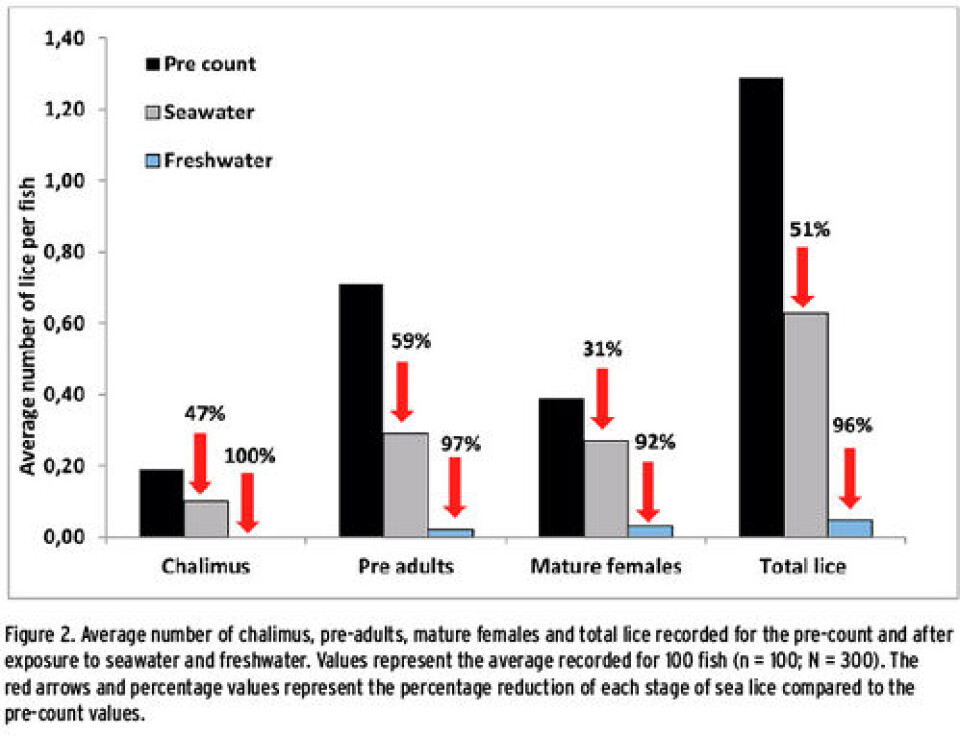
The percentage reduction attained for all infective stages of sea lice found on Atlantic salmon exposed to freshwater (96%) would be considered to be a successful treatment outcome and infection levels would be below treatment thresholds imposed under Norwegian legislation (0.5 sexually mature females per fish). Given the concerns of the development of resistance through treatment over-use and the fact that no new classes of chemotherapeutant treatments on the worldwide market are in a position to succeed the current range in use it is essential that alternative control measures are investigated. The previous and present studies have clearly shown that there is potential for freshwater to be used as part of an integrated approach to control sea lice infestations
Summary/Conclusions This present study clearly shows that freshwater has the potential to be used as an effective delousing method on farmed Atlantic salmon under more realistic commercial scale conditions. However, more work is required before the method can be used within the present industry. Although the biomass of approximately 23 tonnes used in the study is a small step on a possible path to industrial use, the results show that freshwater may constitute one of the treatments to come. Environmental aspects regarding the active substance should be indisputable. Further studies are required to further upscale the methods used in the present study so larger populations of salmon can be exposed to freshwater. In addition, a repeat study would assist in confirming these present results and also assist in identifying and modifying the method used to transfer fish to and from commercial-scale cages. A more detailed study into water chemistry would also allow for further elucidation of changing parameters and may allow for the freshwater to be re-used for treatment of several cages and a larger biomass of salmon.
























